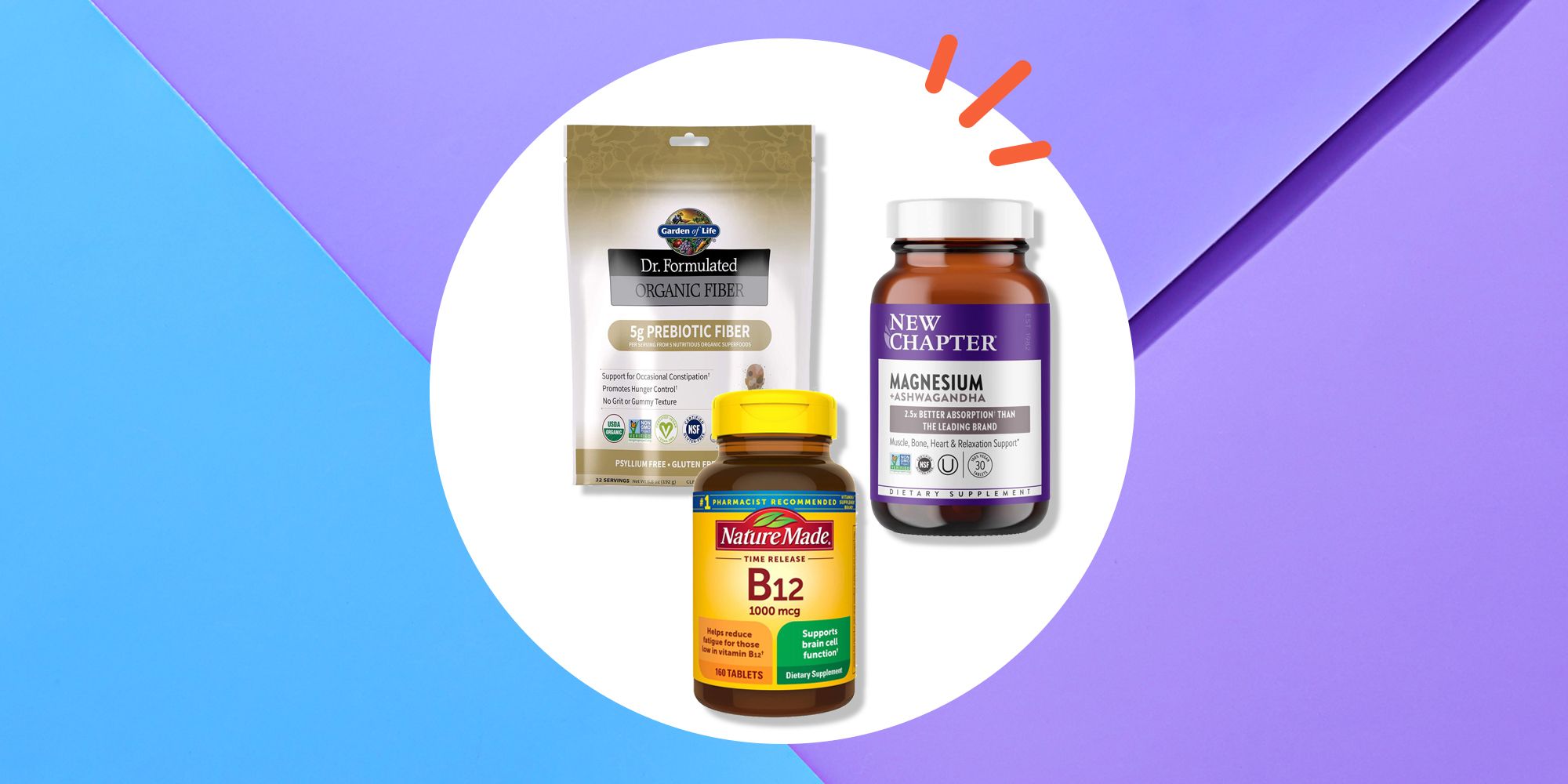Urea may not be the first thing that comes to mind when you think of skin care ingredients, but it plays a big part in keeping skin healthy and well-hydrated.
Urea is unique in the blending of moisturizing and exfoliating advantages, marking it as an important component in the skincare arena.
What is Urea?
Urea, also known as carbamide, is a compound naturally synthesized by the body and plays a fundamental role in the skin’s natural moisturizing factor (NMF).
Its discovery in 1773 by French chemist Hilaire Rouelle marked the beginning of its long-standing contribution to skincare science.
In modern formulations, urea is synthetically produced, blending seamlessly into lotions, creams, and other skincare products to relieve dryness and improve skin texture.
The Dual Function of Urea
Urea improves the appearance of dry, coarse, or scaly skin in two primary ways: by hydrating the skin to enhance its texture and by aiding in the reduction of dead skin cell accumulation.
As both a humectant and an emollient, urea attracts and retains moisture and softens the skin.
Additionally, as a keratolytic agent, it exfoliates the skin’s outer layer, reducing rough, flaky patches and scales.
Concentration Matters in Urea-Based Products
Different skin care products have different amounts of urea to help with specific skin problems and needs.
Products range from 3% to 40% urea concentrations, each for distinct purposes:
- Up to 10%: Suitable for daily hydration and reinforcing the skin’s barrier function.
- 10-30%: For exfoliating and addressing conditions indentified by scaly skin.
- 30-40%: Used for its proteolytic actions, helpful in dissolving and peeling dystrophic nails.
To get the most out of urea, it’s important to know the right concentration for your skin’s needs.
Synthetic Production of Urea

The urea that is found in skincare products is the result of a synthetic process that involves the combination of ammonia and carbon dioxide under temperature and pressure conditions that are extremely high.
This method produces urea and water, forming a pure and effective ingredient for skincare formulations.
Urea is used for more than just cosmetics. It is also important in agriculture, animal feed, and the production of resins and medicines, which shows how flexible and useful it is.
Urea Multifaceted Role in Skincare
Urea is known for its ability to keep skin moist. It is an important part of the skin’s NMF and helps keep it that way.
It is great for treating dry or rough skin because it can draw moisture from the air and make the skin’s surface smoother.
In addition to moisturizing, urea’s keratolytic action helps the skin shed dead skin cells, getting rid of flaky areas and making it easier for other good ingredients to penetrate.
Therapeutic Applications and Safety
Urea’s benefits extend to treating various skin conditions to offer relief in itchiness:
- Psoriasis
- Eczema
- Diabetic skin
While generally safe for most skin types, its tolerability can depend on the product’s urea concentration, making it important to read labels and start with lower concentrations if necessary.
Adding Urea into Your Skincare Routine
It is easy to add urea to your skin care routine; you can find products in lotions, body washes, and other forms.
You need to pick the right urea concentration for your skin type. Lower percentages are better for hydrating, while higher percentages are better for exfoliating and treating certain skin problems.
Takeaways
Urea is a useful and flexible ingredient in skin care products because it can moisturize, exfoliate, and treat skin problems.
Products with urea can do a lot for your skin, whether they are used to improve your daily routine or to treat specific skin problems.
But it is always best to choose products that are right for your skin type and get personalized advice from a dermatologist, especially if you have a skin condition.
For more information, visit Canada Drugs
Also Read : Jaylen Fleer Wife





